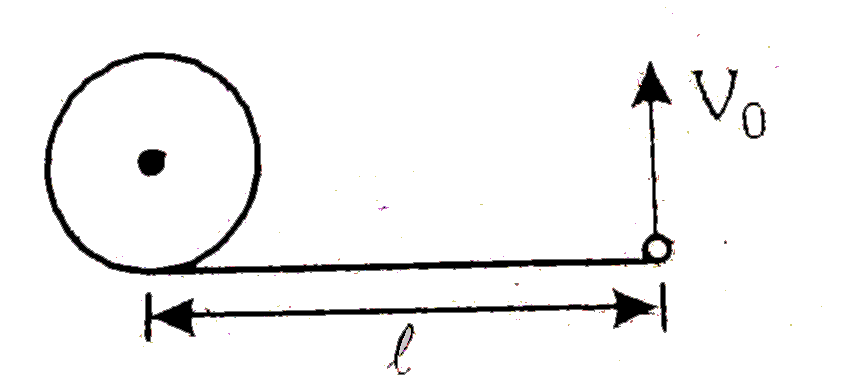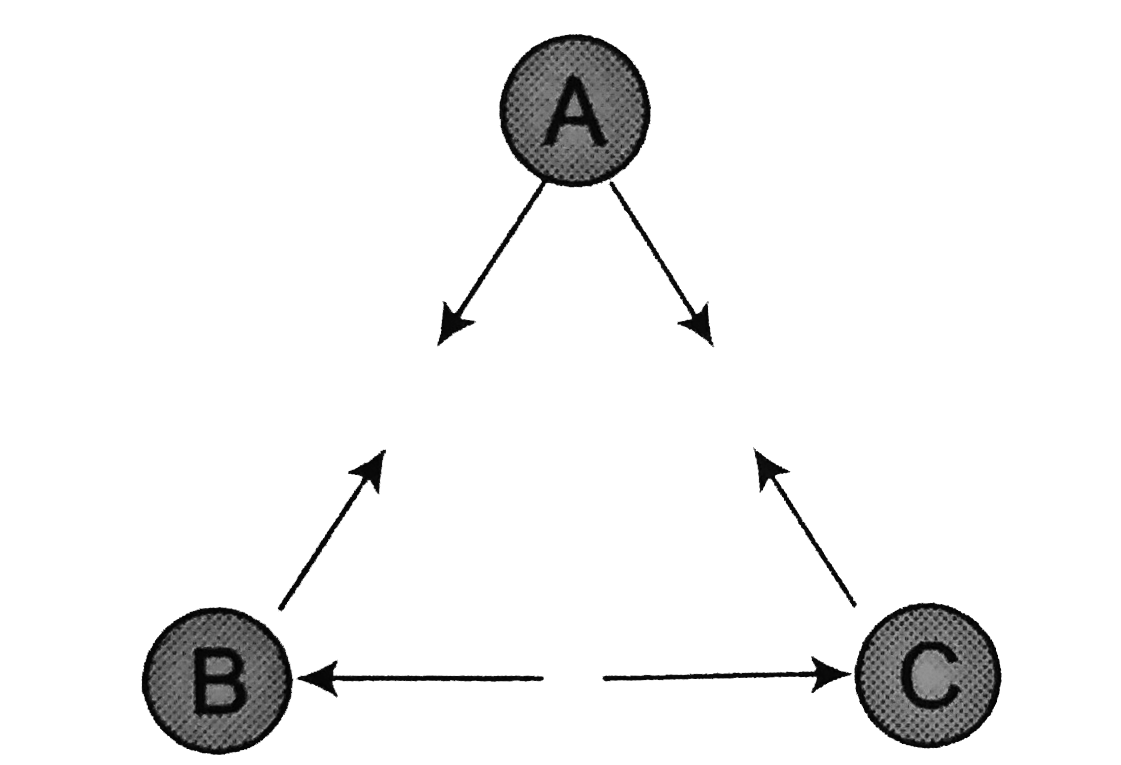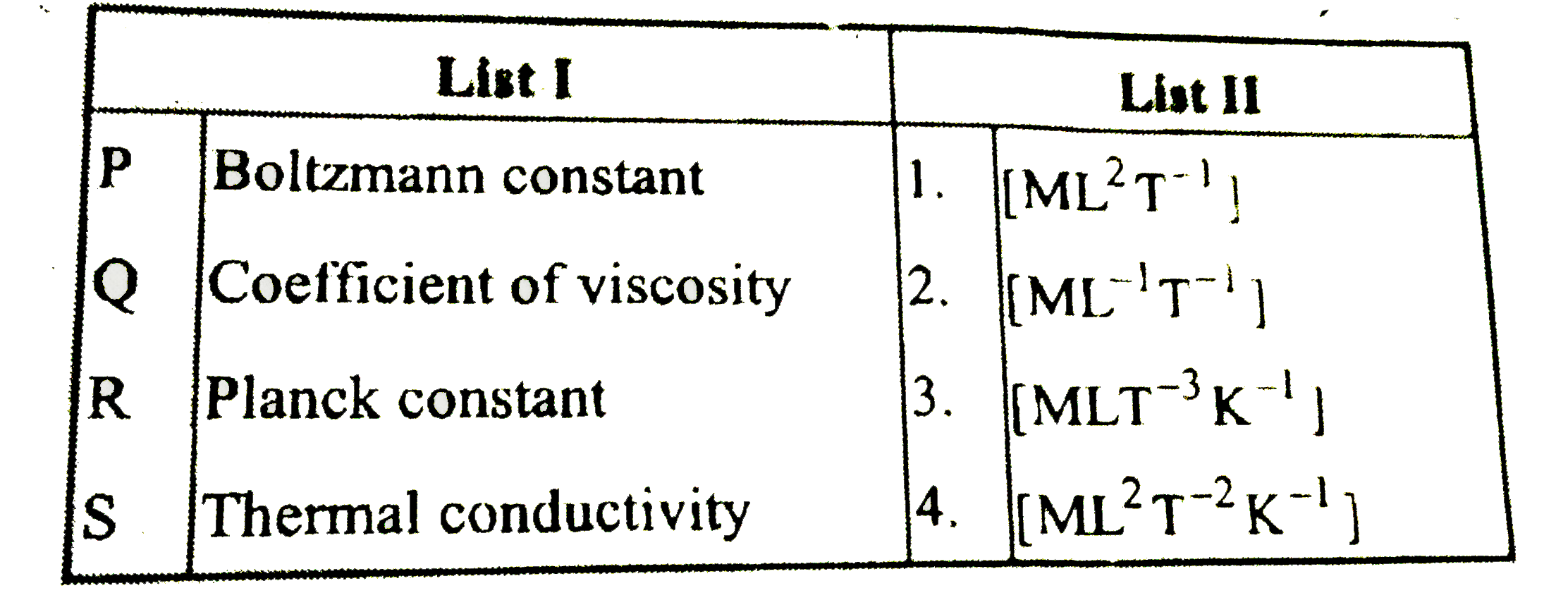Assertion:- A simple microscope may have different magnification for different persons.
Reasons:- All persons may not have the same near point distance of 25cmSolution in Gujrati
If both Assertion & Reason are True & the Reason is a correct explanation of the Assertion.
If both Assertion & Reason are True but Reason is not a correct explanation of the Assertion.
If Assertion is True but the Reason is False.
If both Assertion & Reason are False.
The correct Answer is:A
Step by step video & image solution for Assertion:- A simple microscope may have different magnification for different persons. Reasons:- All persons may not have the same near point distance of 25cm by Physics experts to help you in doubts & scoring excellent marks in Class 12 exams.
Updated on:21/07/2023Topper's Solved these Questions
- TEST PAPERSBOOK - ALLEN CHAPTER - TEST PAPERSEXERCISE - Part-1 Physics
15 Videos
- TEST PAPERSBOOK - ALLEN CHAPTER - TEST PAPERSEXERCISE - part-2 physics
73 Videos
- TEST PAPERSBOOK - ALLEN CHAPTER - TEST PAPERSEXERCISE - PAPER 2
60 Videos
- TEST PAPER 4BOOK - ALLEN CHAPTER - TEST PAPER 4EXERCISE - PHYSICS
45 Videos
- UNIT & DIMENSIONS, BASIC MATHS AND VECTOR BOOK - ALLEN CHAPTER - UNIT & DIMENSIONS, BASIC MATHS AND VECTOR EXERCISE - Exercise (J-A)
7 Videos
Similar Questions
A quantity of 2 mole of helium gas undergoes a thermodynamic process, in which molar specific heat capacity of the gas depends on absolute temperatureT , according to relation:
C=3RT4T0
where T0 is initial temperature of gas. It is observed that when temperature is increased. volume of gas first decrease then increase. The total work done on the gas until it reaches minimum volume is :-
View SolutionA bead is connected with a fixed disc of radius R by an inextensible massless string in a smooth horizontal plane. If the bead is pushed with a velocity v0 prependicular to the string, the bead moves in a curve and consequently collapses on the disc. Then

View SolutionThe diagram shows the arrangement of three small uniformally charged spheres, A,B and C. The arrow indicate the direction of the electrostatic forces acting between the spheres (for example, the left arrow on sphere A indicates the electronstatic force on sphere A due to sphere B). At least two of the spheres are positively charged. Which sphere, if any, could be negatively charged?

View SolutionTwo forces, each of magnitude F have a resultant of the same magnitude F. The angle between the two forces is
View SolutionMatch List I with List II and select the correct answer using the codes given below the lists :

View SolutionTwo different elements may have same mass number but not the same __________________.
View SolutionAssertion :− Tension in massless string may be different at different points.
Reason :- Net force on a massless object may be zero
View SolutionAtoms of the same element may have different ________.
View SolutionAtoms of the same element may have different _______.
View SolutionIf the ratio of magnifications produced by a simple microscope in near point adjustment and far point adjustment is 6/5 then the focal length of the lens is (Take D=25cm )
View SolutionA : A dimensionless quantity may have unit. R : Two physical quantities having same dimensions, may have different units.
View SolutionA person may have broken limbs and boredom. In him this organ may be damaged
View SolutionAssertion : A physical quantity which has zero dimension may have unit of measurement. Reason : Two physical entities having same dimensional formula may have different units of measurement.
View SolutionAssertion (A) : Atoms of same element may not similar in all respects.
Reason (R ) : Atoms of same element have same atomic number but different number of neutrouns.
View SolutionA person wants to use +20 D lens as simple microscope. If the person uses +1.5 D glasses to have normal vision from 25cm onwards. What maximum magnification can the person achieve if he uses microscope without the glasses ? |{:(0,1,2,3,4,5,6,7,8,9):}|
View Solution(A): A dimensionless quantity may have unit.
(R) : Two physical quantities having same dimensions, may havc different units.
View Solution
